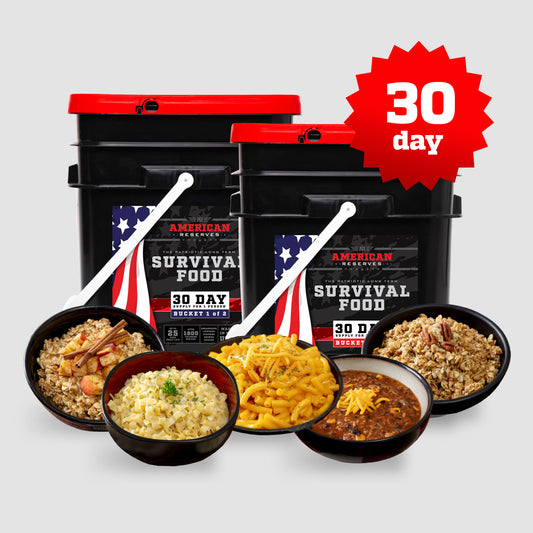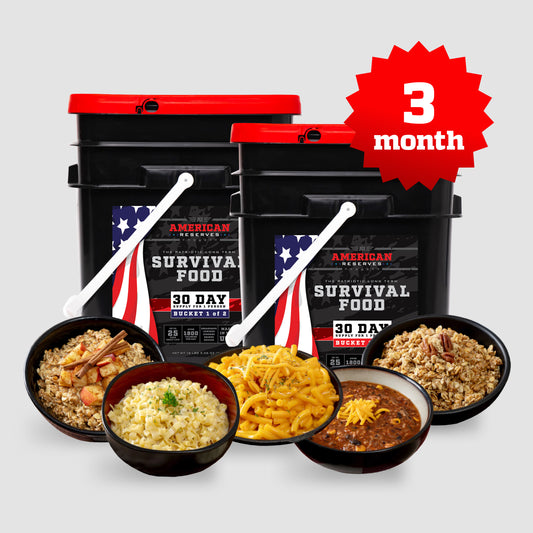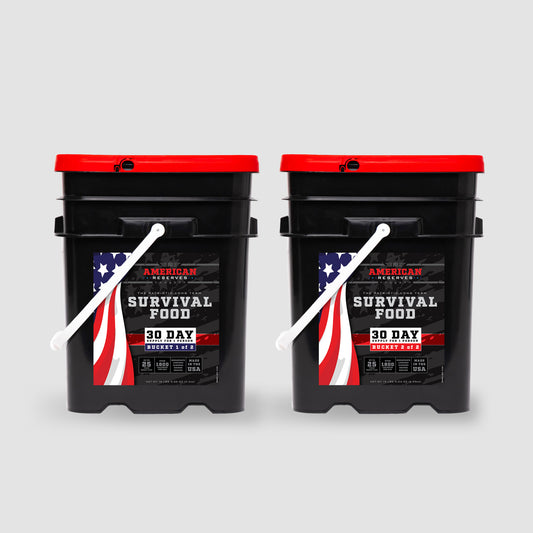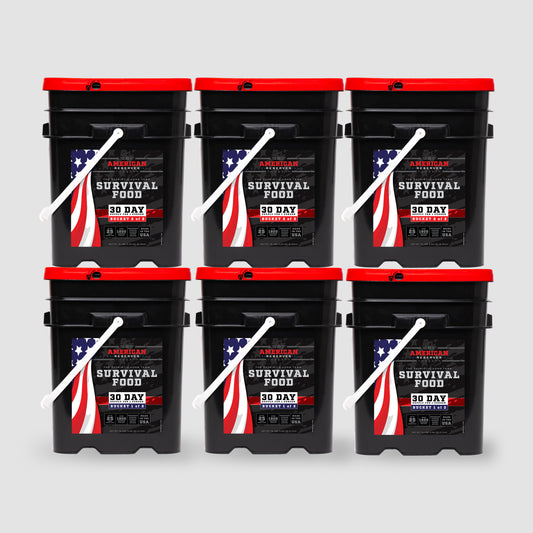
What To Do In An Earthquake: Earthquake Preparedness
For those residing in earthquake-prone zones, preparation is key to survival and safety. Understanding what to do in an earthquake is essential for minimizing risk and ensuring the well-being of your family, home, and workplace. This article delivers essential tips and strategies tailored to diverse needs, from securing your home to implementing effective emergency plans. By adopting these measures, you can face the threat of earthquakes with optimism and preparedness, turning potential chaos into manageable situations.
Why Earthquake Preparedness Matters
Earthquake preparedness is vital because it equips individuals and communities with the knowledge and tools necessary to minimize harm and ensure safety during seismic events. In regions where earthquakes are a frequent threat, being prepared can significantly reduce the risk of injury and property damage. By understanding what to do in an earthquake, families can protect their loved ones, businesses can safeguard their employees and assets, and schools can ensure the safety of students. Preparedness involves not only securing physical spaces but also fostering a mindset of readiness and resilience, enabling communities to recover more swiftly and effectively after an earthquake. This proactive approach transforms potential disasters into manageable challenges, enhancing overall safety and peace of mind.
What To Do In An Earthquake
Stay Calm and Act Quickly
Amid an earthquake, maintaining composure is crucial. Panic can lead to poor decision-making, so take a deep breath and focus on your safety plan. Quickly assess your surroundings and prepare to move to a safer location if necessary. Remember that staying calm helps you think clearly and act decisively, which is essential for protecting yourself and others.
Drop, Cover, and Hold On
The most effective immediate response during an earthquake is to drop to your hands and knees, cover your head and neck with your arms, and if possible, take cover under a sturdy piece of furniture. Hold on until the shaking stops. This position protects you from falling debris and reduces the risk of injury. If no cover is available, stay low and protect your head and neck as best as you can.
Stay Indoors or Find Open Space
If you are indoors, remain there until the shaking ceases. Moving outside during an earthquake can expose you to falling debris. If you are outdoors, move to an open area away from buildings, trees, and power lines. Being in an open space reduces the risk of injury from collapsing structures or falling objects.
Avoid Doorways and Windows
Contrary to popular belief, doorways are not the safest place during an earthquake. Instead, focus on finding a sturdy piece of furniture to shelter under. Stay away from windows, as glass can shatter and cause injury. Protecting yourself from potential hazards is key to staying safe during the tremors.
Be Prepared for Aftershocks
Aftershocks often follow the main earthquake and can be just as dangerous. Stay alert and be ready to drop, cover, and hold on again if necessary, as outlined in your disaster plan. Aftershocks can cause additional damage to already weakened structures, so an evacuation may be necessary; remain cautious and vigilant until authorities declare the area safe.

72 Hour Emergency Food and Drink Supply - 32 Servings
$36.99

30 Day Emergency Food Supply
$319.99

3 Month Emergency Food Supply
$835.00
What Is The Safest Place To Be During An Earthquake?
The safest place to be during an earthquake is indoors, under a sturdy piece of furniture such as a table or desk, where you can protect yourself from falling debris. This position, known as "Drop, Cover, and Hold On," minimizes your exposure to potential hazards like collapsing ceilings or flying objects. If sturdy furniture is not available, crouch against an interior wall away from windows, which can shatter and cause injury. If you are outside, move to an open area away from buildings, trees, and power lines to avoid falling debris. Staying in these safe zones reduces the risk of injury and increases your chances of remaining unharmed during the tremors.
What Are The Essential Items To Have For An Earthquake Kit?
- Water: Store at least one gallon of water per person per day for at least three days, for both drinking and sanitation.
- First Aid Kit: Include bandages, antiseptic wipes, pain relievers, and any necessary prescription medications.
- Flashlight and Extra Batteries: Essential for navigating in the dark if power is lost.
- Battery-Powered or Hand-Crank Radio: Stay informed about emergency updates and instructions by gathering crucial information.
- Multi-Tool or Swiss Army Knife: Useful for a variety of tasks, from opening cans to minor repairs.
- Whistle: Use to signal for help if you are trapped or need to alert rescuers.
- Dust Masks and Protective Clothing: Protect against dust and debris in the aftermath of an earthquake.
- Personal Hygiene Items: Include items like moist towelettes, garbage bags, and plastic ties for personal sanitation.
- Blankets or Sleeping Bags: Keep warm if you are unable to return to your home immediately.
- Copies of Important Documents: Store in a waterproof container, including identification, insurance policies, and bank records.
- Emergency Food Supply: Non-perishable items that can sustain you and your family for at least three days, emergency food kits, such as canned goods, energy bars, and dried fruits.
How Long Does An Earthquake Typically Last?
An earthquake typically lasts from a few seconds to a couple of minutes, with the duration depending on the magnitude and location of the seismic event. Most earthquakes are brief, with the intense shaking phase usually lasting less than a minute. However, larger earthquakes can produce prolonged shaking, sometimes exceeding a minute, which can cause significant damage to structures and infrastructure. It's important to note that while the main shaking may be brief, aftershocks can continue for days, weeks, or even months, contributing to the overall duration of seismic activity in the affected area. Understanding the typical duration of an earthquake helps in planning effective response strategies and maintaining safety during and after the event.
What Are The Biggest Mistakes People Make During An Earthquake?
During an earthquake, one of the biggest mistakes people make is panicking, which can lead to irrational decisions and increased risk of injury. Many individuals instinctively run outside, exposing themselves to falling debris and other hazards, when staying indoors and seeking cover is often safer. Another common error is standing in doorways, mistakenly believing they offer protection, when in fact, taking cover under sturdy furniture is more effective. Failing to secure heavy furniture and appliances beforehand can also lead to preventable injuries, as these items can topple during the shaking. Additionally, neglecting to have an emergency plan or kit in place leaves individuals unprepared for the aftermath, when essential services may be disrupted. By understanding these common mistakes, people can better prepare and respond effectively during an earthquake, enhancing their safety and resilience.
Conclusion
In conclusion, earthquake preparedness is a critical component of living safely in regions prone to seismic activity. By understanding what to do in an earthquake and taking proactive steps to secure your home, prepare emergency kits, and educate your family and community, you can significantly reduce the risks associated with these natural events. Whether you're a homeowner, business owner, or educator, implementing these strategies ensures that you are ready to face the unexpected with confidence and resilience. Embracing preparedness not only protects lives and property but also fosters a sense of empowerment and peace of mind, enabling communities to recover swiftly and effectively in the aftermath of an earthquake.
Final Thoughts
With American Reserves, you gain access to exceptional survival knowledge and premium ingredients sourced from the USA, resulting in emergency food supply kits that offer crucial nutrition when you need it most. These kits are a must-have for any emergency. Depend on the esteemed quality of American Reserves to equip yourself with the assurance needed to face any obstacle!
Sources


